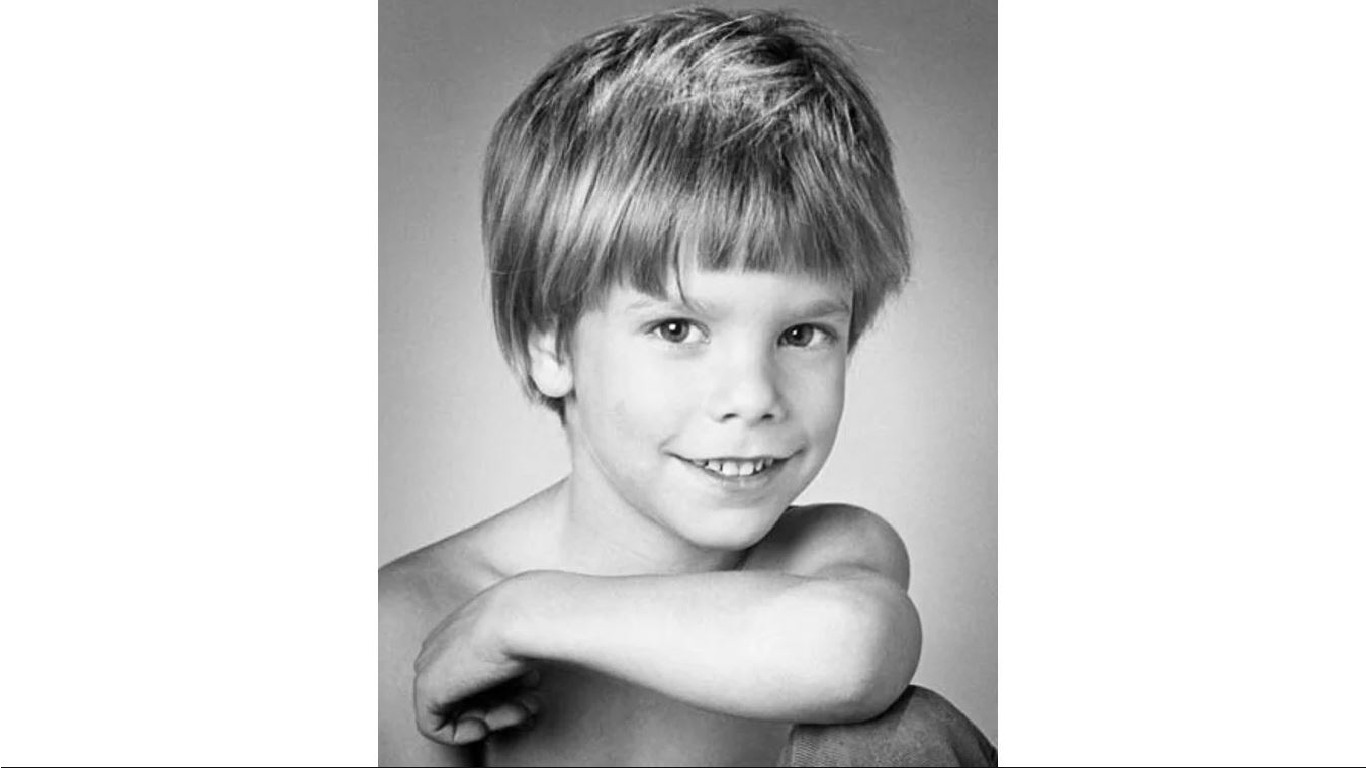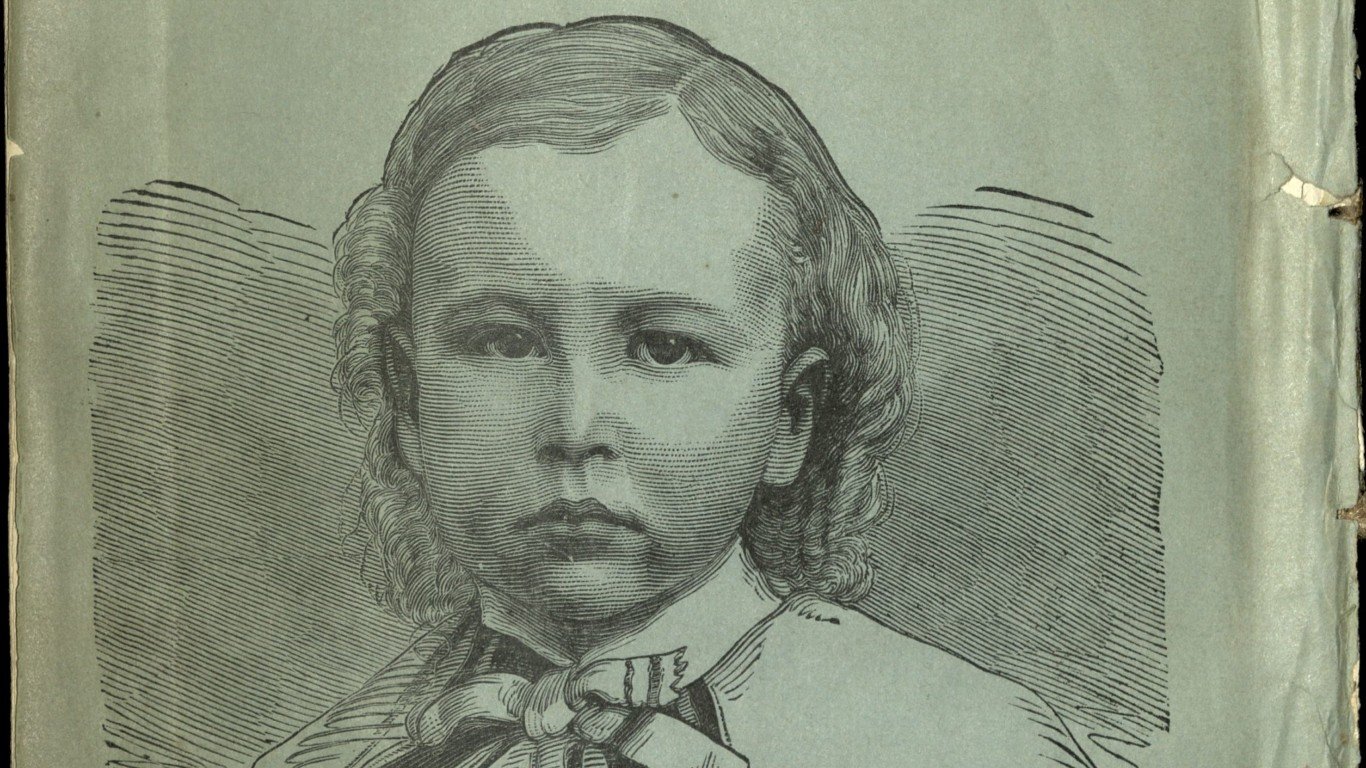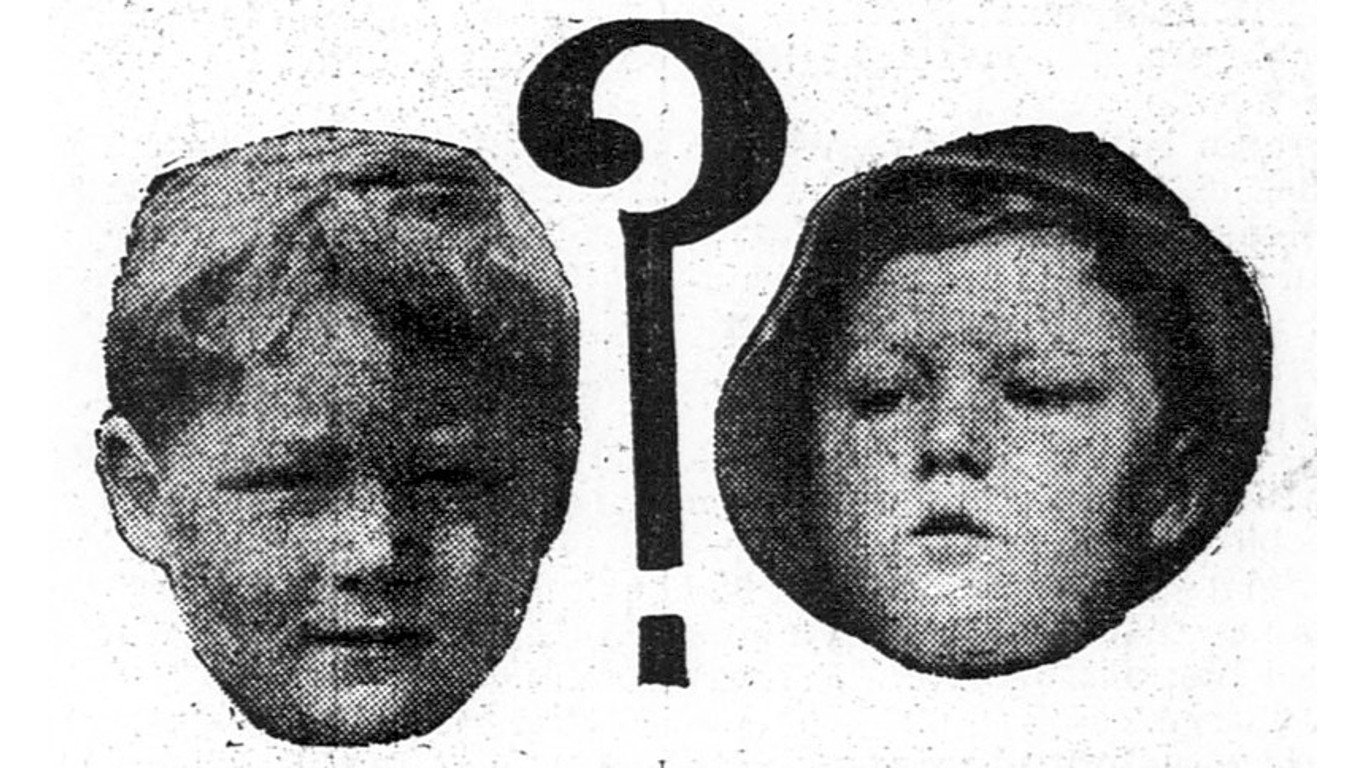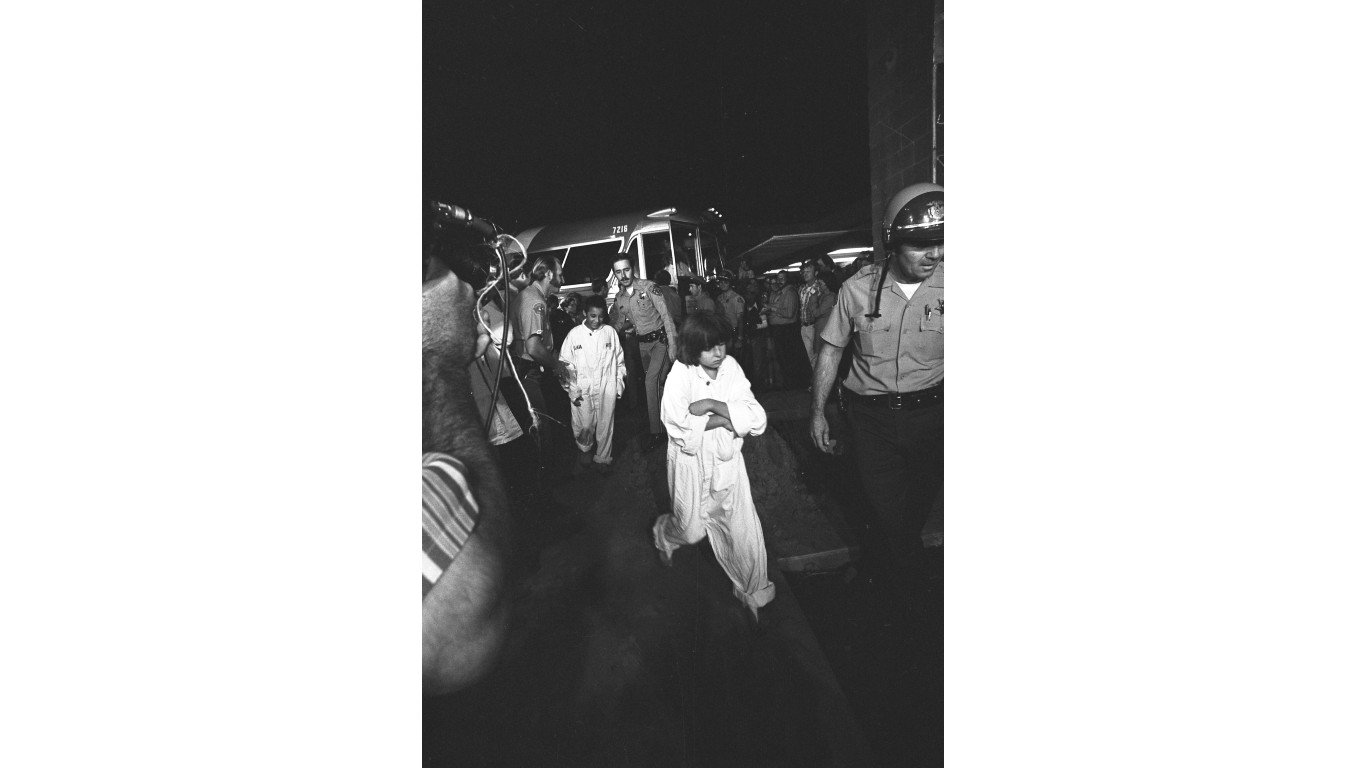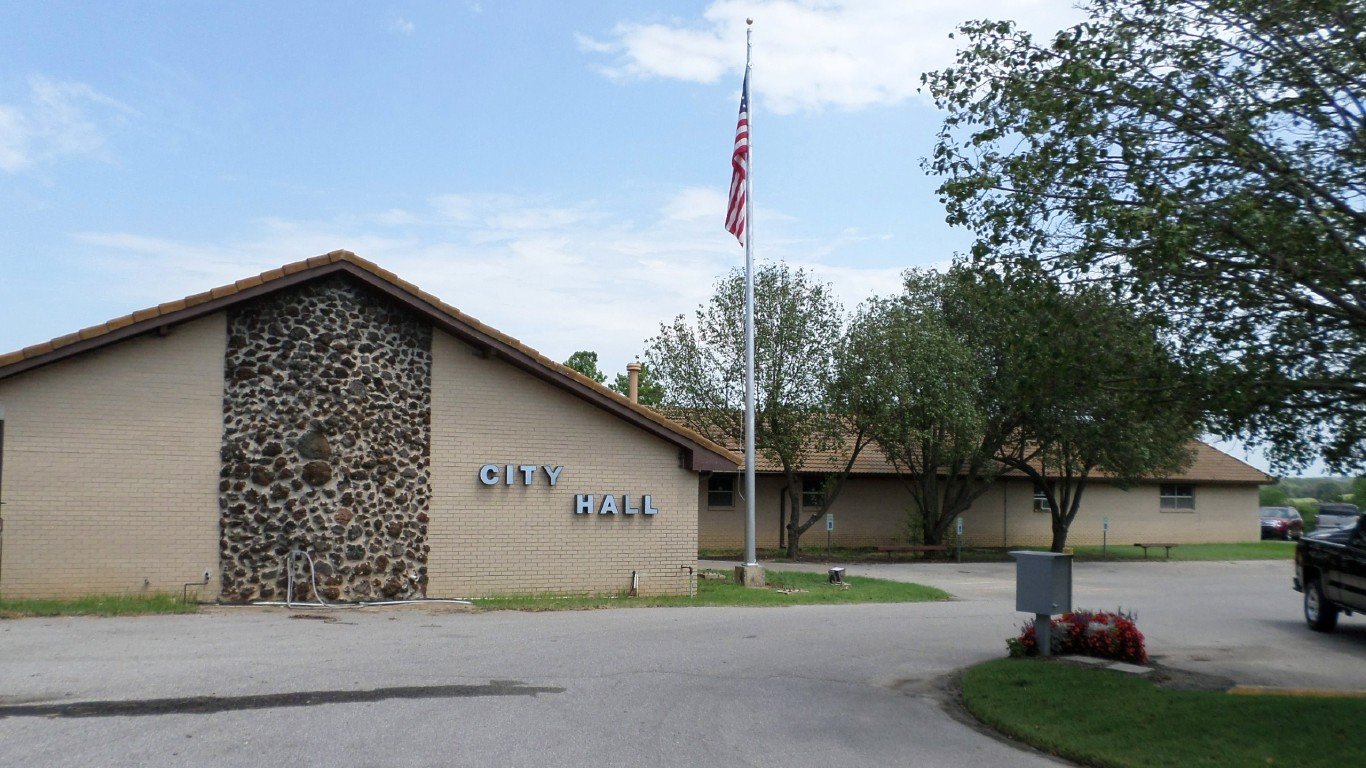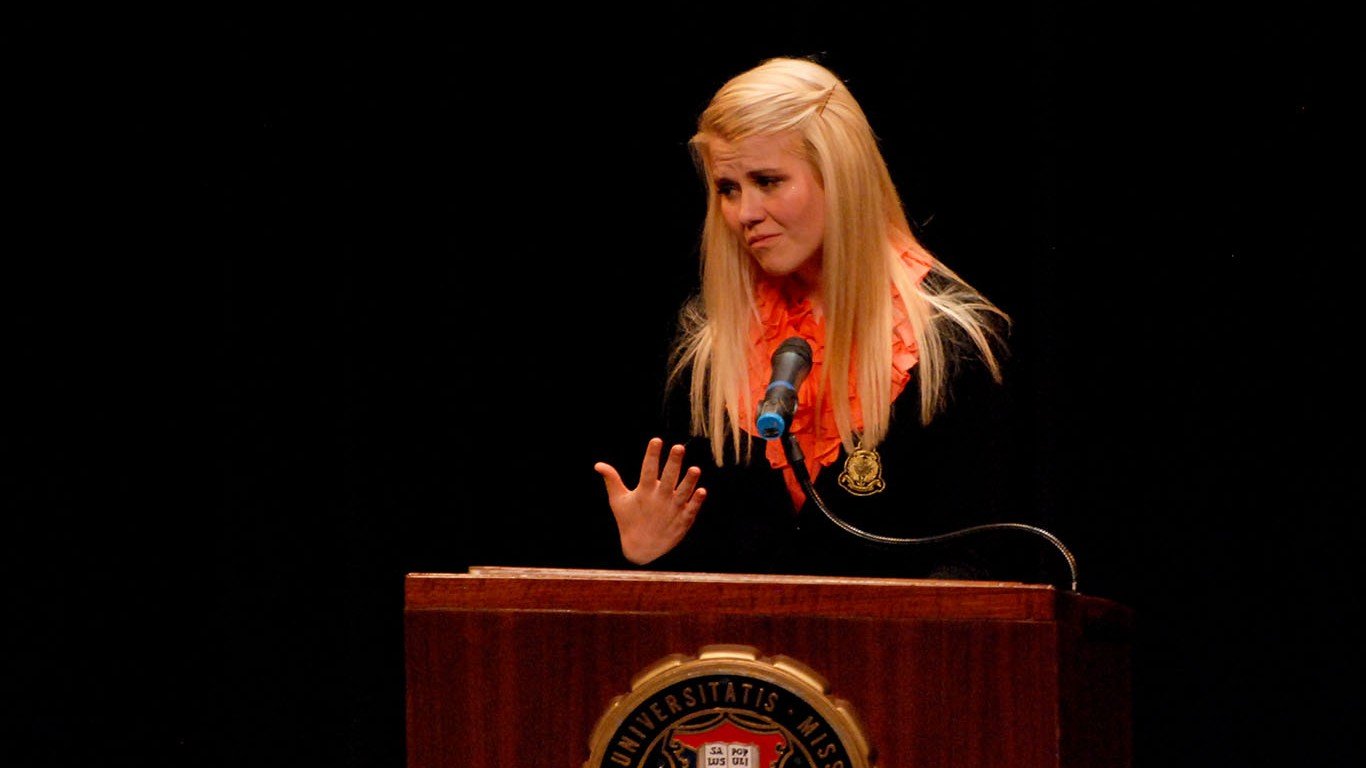Kidnappings have garnered massive headlines in the United States since the 19th century. The idea that we or our loved ones could be happily going about our day when we’re taken certainly strikes a nerve. Some abductions involve the children of wealthy businessmen or celebrities, while others drew massive media attention because of the age of the victims and abhorrent nature of the crimes, and a few are filled with numerous twists and turns.
To compile a list of some of the most notorious kidnappings in American history, 24/7 Tempo reviewed several historical and government sources, including the websites of the FBI and the Library of Congress. We selected cases that have captivated the nation and, as a result, have been reported on extensively by the media, including kidnappings from almost every decade since the 1830s.
Many of the earliest kidnappings that drew media attention targeted the children of wealthy individuals, and were plans to extort large sums of money. Some victims were safely returned after a ransom payment or police intervention, but others were murdered by kidnappers who had no intention of returning them alive. (These are the biggest ransoms ever paid.)
Most of the more recent crimes here were not kidnappings for ransom but rather abductions of young women who were held in deplorable conditions where they were sexually and physically abused for years.
These crimes changed parenting norms, laws, and how authorities handled kidnappings. Some particularly heinous kidnappings of children led to a drastic decrease in the amount of unsupervised freedom parents gave their children. They also spurred the creation of laws like California’s Three Strikes policy and systems like AMBER Alert.
Most of these cases were eventually solved, sometimes decades later thanks to the invention of DNA testing technology. However, a few have never been brought to a satisfying conclusion. (Read about the most famous unsolved crimes in America.)
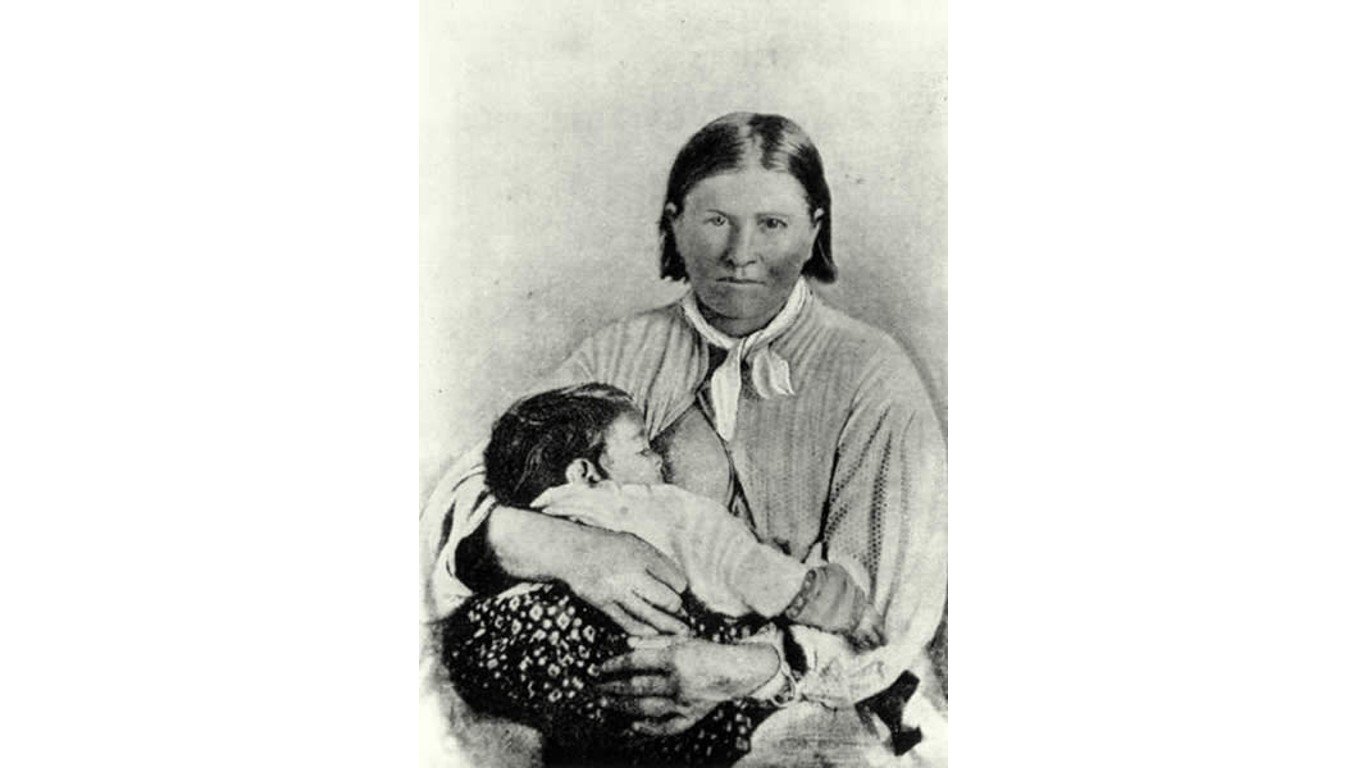
Cynthia Ann Parker
> Year of the kidnapping: 1836
Nine-year-old Cynthia Ann Parker was taken from her family’s homestead in Waco, Texas, by Comanche Indians during a raid in 1836. Four years later, a man tried to rescue Parker, but she did not want to leave, having grown accustomed to her new life. She was raised by a Comanche family and eventually married a Comanche chief. Later, Texas Rangers recaptured her and forced her to return to Anglo society. John Ford’s classic John Wayne-starring Western “The Searchers” is based on Parker’s story.
Charley Ross
> Year of the kidnapping: 1874
Charley Ross, a four-year-old boy living in Philadelphia’s Germantown neighborhood, was lured in by kidnappers with the promise of candy. The kidnappers wrote what is considered the first ransom note in the country’s history. Police were slow to act before the note arrived, but the case eventually became a massive sensation around the country, especially when the mayor of Philadelphia announced a $20,000 reward for information leading to the boy’s recovery. Two suspects were mortally wounded in an armed robbery, and before passing, one confessed to taking the boy, but Charley was never found.
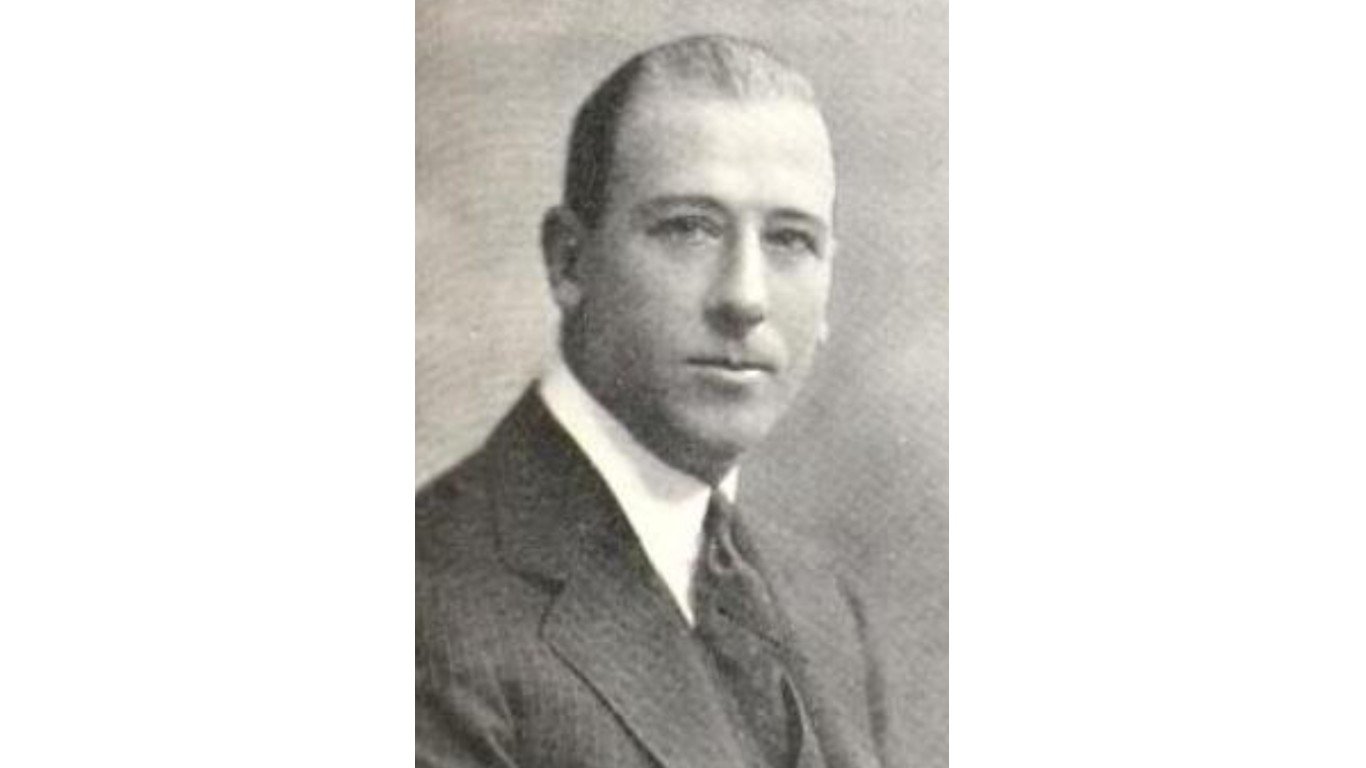
Eddie Cudahy
> Year of the kidnapping: 1900
The son of a prominent meatpacker,16-year-old Eddie Cudahy Jr., was taken from the streets of Omaha, Nebraska, on his way home from an errand. The kidnapper, Pat Crowe, sent a ransom note that demanded $25,000 in gold. The ransom was promptly paid, and Eddie was released. Crowe was captured five years later, but kidnapping was so rare at the time that Nebraska didn’t have a law against it. Crowe was tried for the robbery of the ransom money but was acquitted and became an outlaw folk hero amongst some.
Bobby Dunbar
> Year of the kidnapping: 1912
Four-year-old Bobby Dunbar disappeared in the swamps of Louisiana during a family fishing trip in 1912. Eight months later, a boy fitting Bobby’s description was found accompanying traveling handyman William Cantwell Walters in Mississippi. Walters claimed that the boy was not Bobby, but a court ruled that he was the Dunbars’ missing son and sent him back to the family. Walters was convicted of kidnapping in a sensational trial but the ruling was later overturned, and he was never retried. In 2004, a descendent of the boy raised as Bobby Dunbar took a DNA test that proved that the boy found with Walters had not actually been Bobby Dunbar. The real Bobby Dunbar was never found.
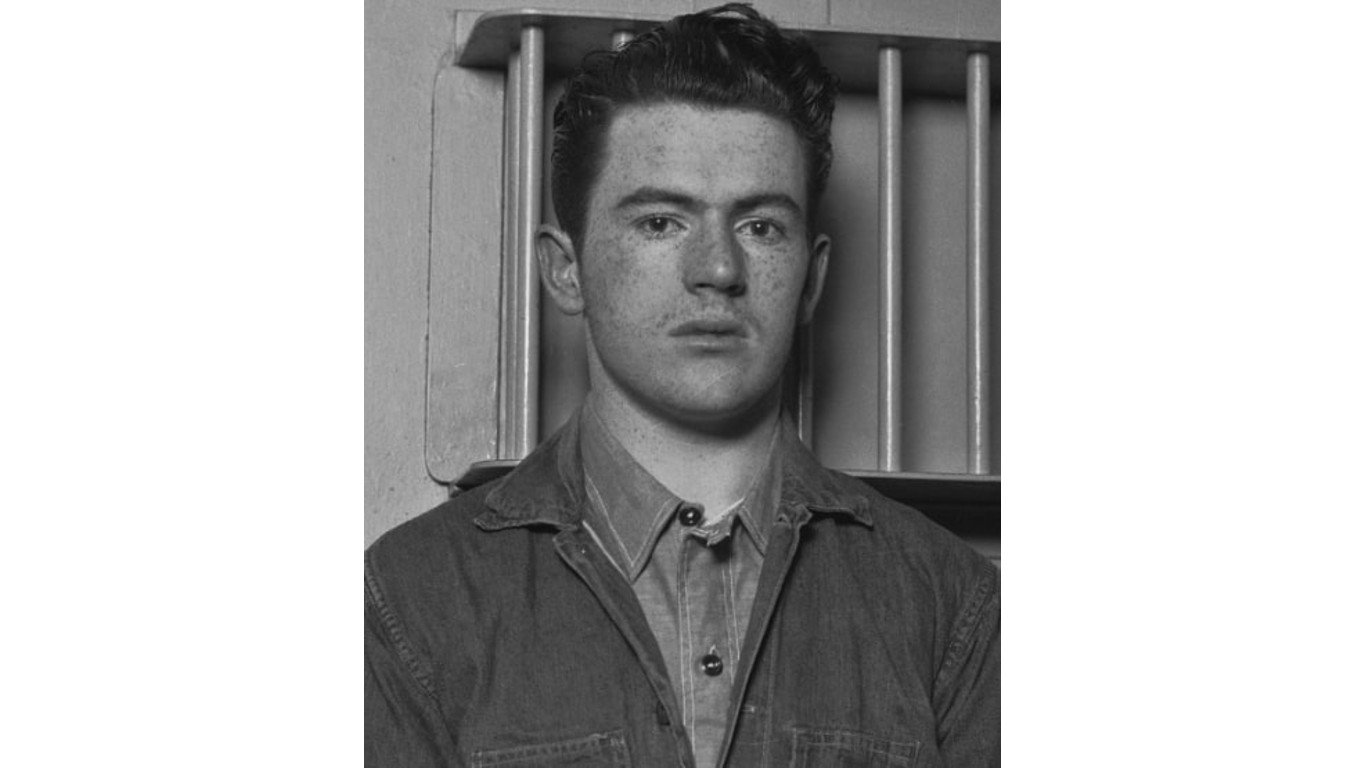
Marion Parker
> Year of the kidnapping: 1927
Marion Parker, the 12-year-old daughter of a prominent Los Angeles banker, was abducted by a former bank employee. William Hickman picked her up from her junior high school, telling school officials that her father had been in an accident and wanted her by his side. Hickman would demand a ransom but eventually killed the girl and mutilated her body. The grisly crime caused a massive sensation around the country and beyond.
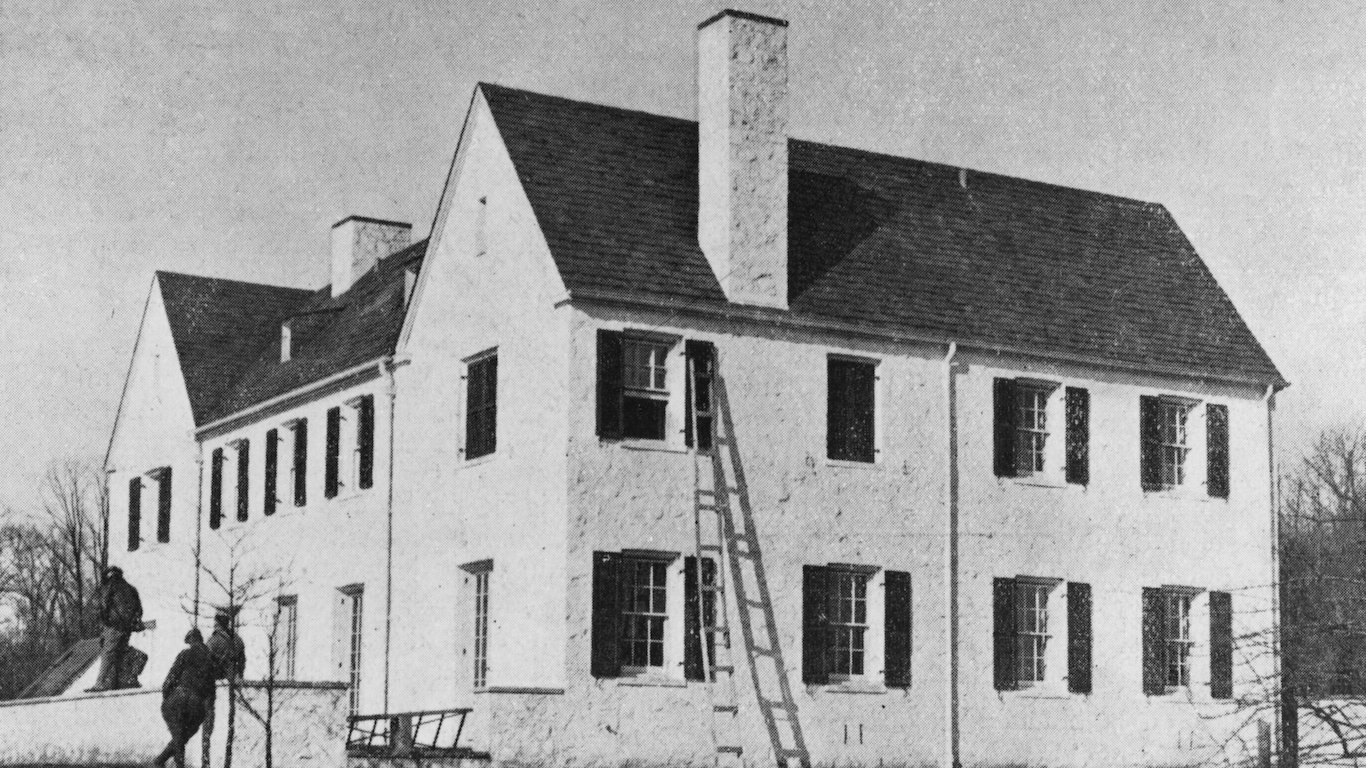
Charles Lindbergh, Jr.
> Year of the kidnapping: 1932
In 1932, the baby of famed aviator Charles Lindbergh was abducted from a second-floor nursery in the family’s New Jersey mansion. The kidnapper eventually demanded $70,000. The story became the biggest news of the time, drawing considerable support from prominent people – Al Capone even offered to help from prison. The Lindberghs paid the ransom as instructed, but the infant’s body was found less than a mile from the Lindbergh home. He had been murdered the night of the abduction. A man named Bruno Hauptmann was caught using some of the ransom money and eventually put on trial for the crime. He denied being the perpetrator but was eventually convicted and executed.

Brooke Hart
> Year of the kidnapping: 1933
In 1933, Brooke Hart, the son of a prominent San Jose, California, businessman, was abducted and killed. His body washed ashore, and two men later confessed to throwing him off a bridge after beating him. The men attempted to ask for a $40,000 ransom but were arrested and put in a local jail. The case drew massive news coverage, and a lynch mob eventually broke into the jail and hung the two men. The actions of the mob were praised by California Governor James Rolph and no one was prosecuted.

Robert Greenlease Jr.
> Year of the kidnapping: 1953
Six-year-old Robert Greenlease Jr., the son of a wealthy Kansas City automobile dealer, was taken from his school by a woman who claimed to be his aunt. Kidnappers Carly Hall and Bonnie Heady demanded a ransom of $600,000. The ransom was paid but authorities later discovered that the pair had killed the child and buried him on Heady’s property shortly after the kidnapping. Hall and Heady were later apprehended, and the ransom money was found. Half the money disappeared while in the possession of local police, and two police officers were eventually imprisoned on charges related to its disappearance.
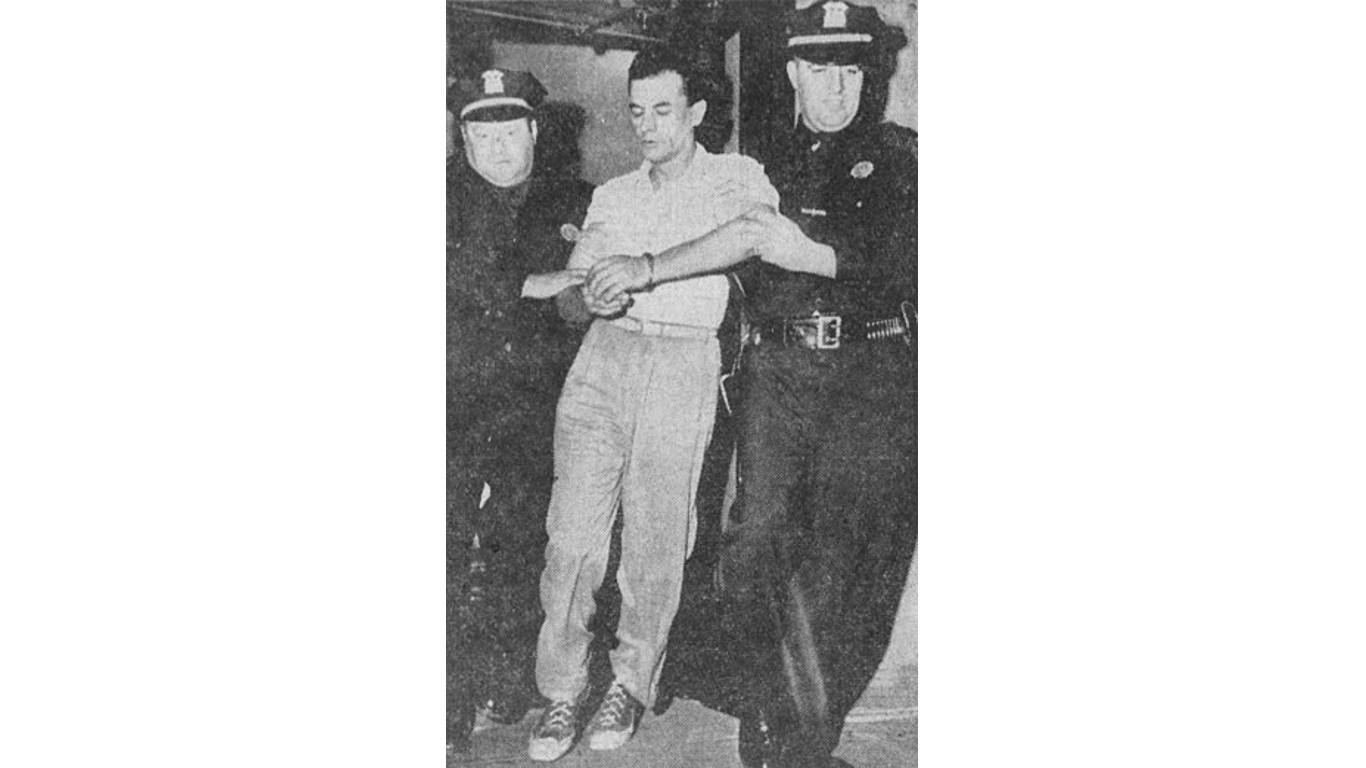
Peter Weinberger
> Year of the kidnapping: 1956
Infant Peter Weinberger was taken from a baby carriage on the patio of his Long Island, New York, home after his mother briefly stepped inside. A ransom note demanded $2,000 and apologized for the crime. The Weinbergers contacted the police, despite the note warning them not to and asked that the press not to run the story. All honored this request except the New York Daily News, which ran it on the front page and captured the public’s attention. The kidnapper failed to appear to collect the ransom, later admitting to being scared off by the large police presence in the area. A man was eventually arrested and admitted to abandoning the infant in a wooded area, where his remains were found.
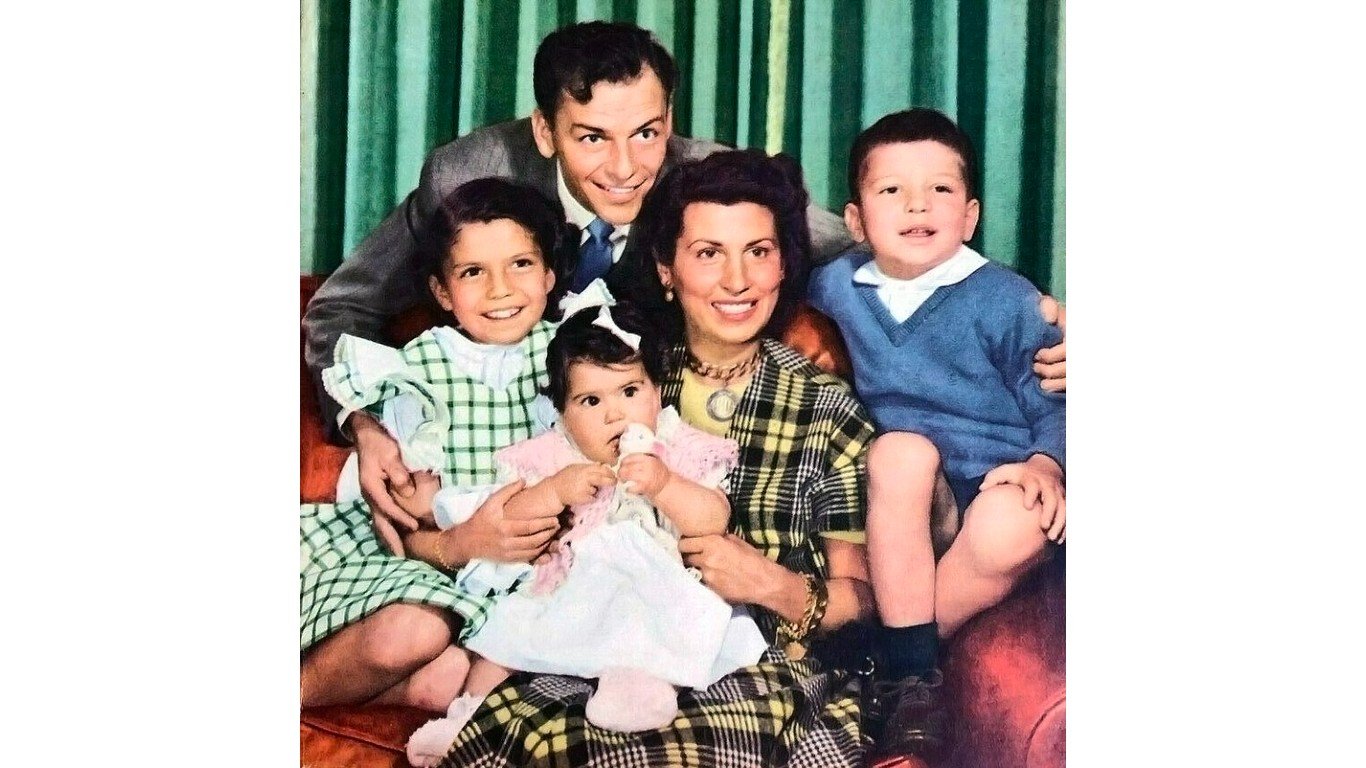
Frank Sinatra, Jr.
> Year of the kidnapping: 1963
The son of the famous crooner was in the early days of his own music career when he was kidnapped from his backstage dressing room in Lake Tahoe by two men pretending to deliver a package. He was released after his father paid a ransom of $240,000. The kidnappers, along with a conspirator, were eventually captured after the conspirator told his brother what he’d done, and his brother went to the FBI. The legal defense team tried to argue that Frank Sinatra, Jr. had engineered his own kidnapping as a publicity stunt, but the men were convicted.
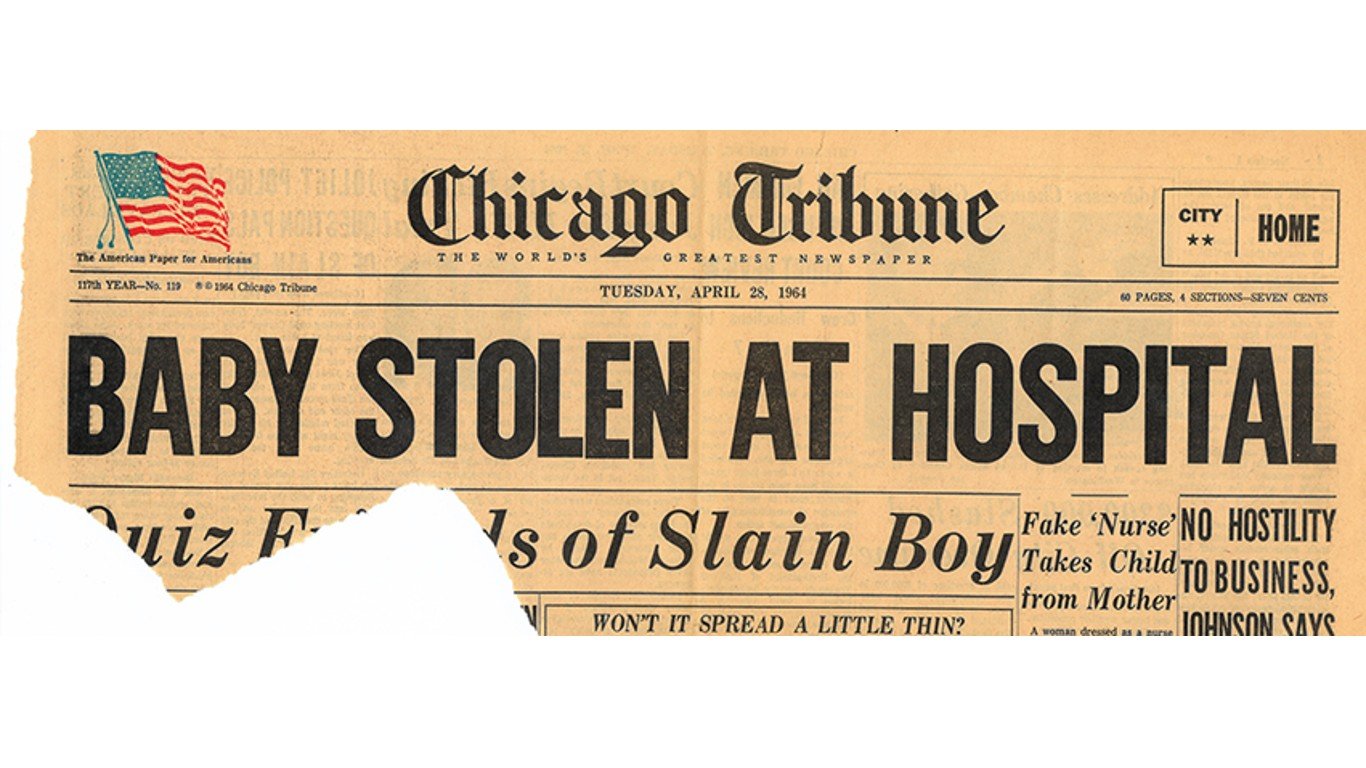
Paul Fronczak
> Year of the kidnapping: 1964
Newborn baby Paul Fronczak was abducted from a hospital maternity ward in Chicago by a woman posing as a nurse. Two years later, an abandoned toddler with similar ears to the missing boy was found in a shopping center in New Jersey. Authorities assumed it was him and gave him to the Fronczak parents to raise. In 2012, he took a DNA test that proved he was not actually the boy. The real Paul Fronczak was eventually located in 2019, living in rural Michigan.
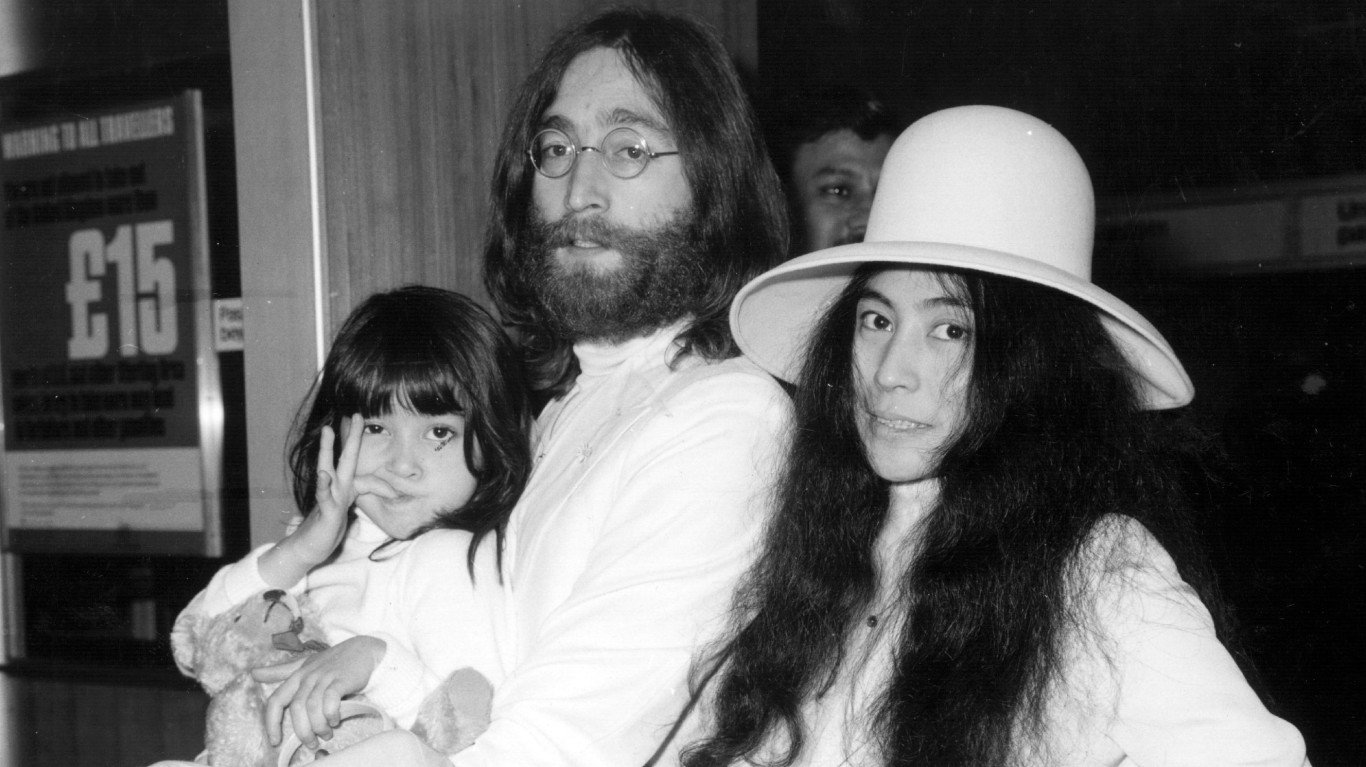
Kyoko Chan Cox
> Year of the kidnapping: 1971
Kyoko Chan Cox, the daughter of artist Yoko Ono and filmmaker Tony Cox, was at the center of a custody dispute between the two. Cox was Kyoko’s primary caregiver, but Ono attempted to get Kyoko back, with the help of her husband, Beatles star John Lennon, even trying to kidnap the child in Majorca, Spain. U.S. authorities eventually granted Ono visitation rights, but Cox disappeared with the girl, joining a cult to hide out. Ono and Lennon invested considerable resources, went on the biggest talk shows in the country, and even made a song to appeal to Cox. The case became a massive media sensation, but Cox remained hidden with Kyoko, who wouldn’t see her mother again until she reached out to her at age 31.

Steven Stayner
> Year of the kidnapping: 1972
Seven-year-old Steven Stayner was abducted by Kenneth Parnell while walking home from school in his small farming town near Yosemite National Park, California. Parnell forced Stayner to live as his son for seven years while sexually and physically abusing him. Parnell then abducted another boy, but Stayner and the new boy were able to escape and go to the police. Parnell was convicted but only served five years in prison. He later attempted to kidnap another boy but was caught and spent the rest of his life in prison, dying in 2008.

John Paul Getty III
> Year of the kidnapping: 1973
John Paul Getty III was the grandson of oil tycoon J. Paul Getty. He was 16 years old and living in Rome, Italy, when he was kidnapped by an organized crime group, who demanded $17 million for his release. J. Paul Getty was notoriously cheap and refused to pay, eventually acquiescing after his grandson’s ear was sent to the family. But first, he determined the ransom was tax deductible and forced the boy’s father to borrow the money from him with 4% interest. The kidnappers were later tracked down and two were convicted.
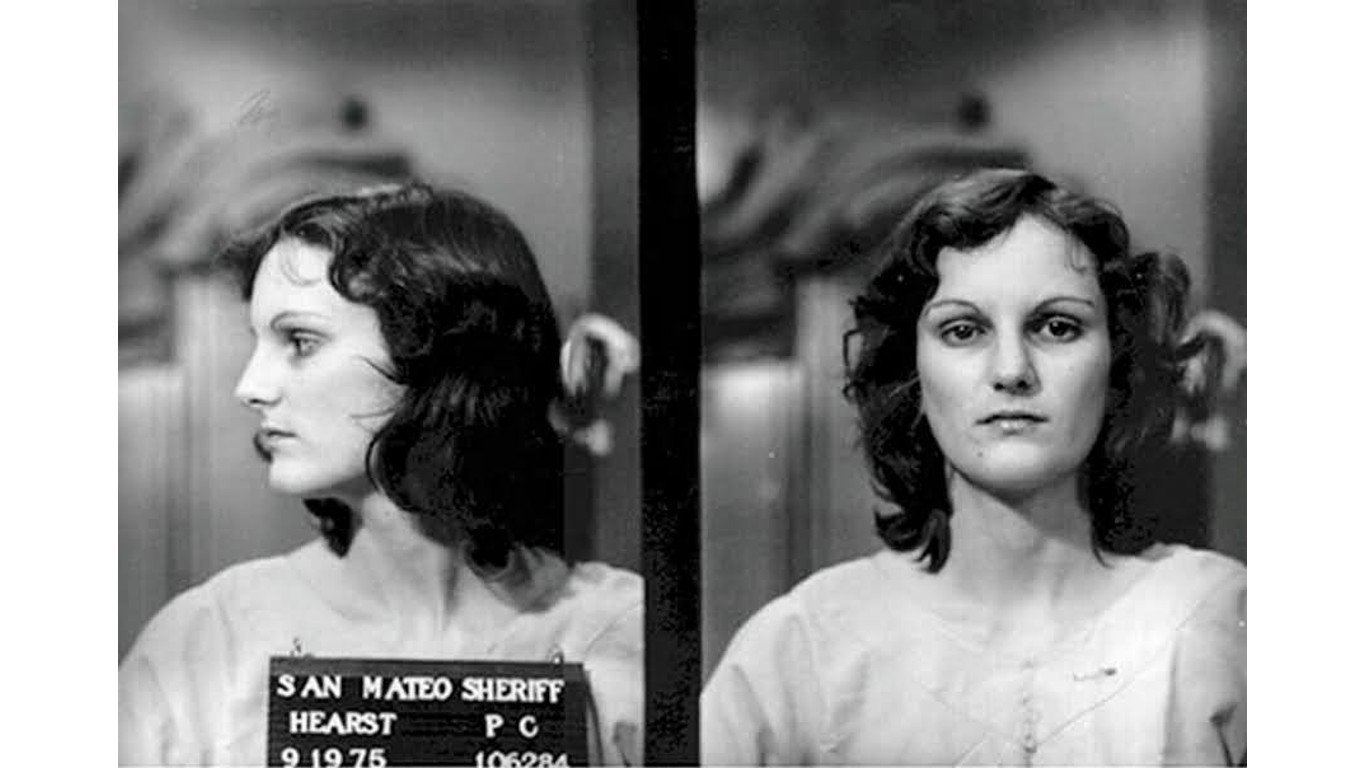
Patty Hearst
> Year of the kidnapping: 1974
Patty Hearst, the granddaughter of newspaper tycoon William Randolph Hearst, was kidnapped at the age of 19 by a group of radicals known as the Symbionese Liberation Army (SLA). The group demanded millions of dollars in food donations for her release but later put out a recording of Hearst saying that she had joined the SLA. She was even spotted armed, helping members of the group rob a bank. The FBI tracked down the SLA in 1975, killing many of the members in a shootout in South Central L.A. Hearst wasn’t present at the time, but was later arrested and charged with bank robbery and other crimes, and sentenced to seven years in prison. She served two before her sentence was commuted by President Jimmy Carter.
Katherine and Sheila Lyon
> Year of the kidnapping: 1975
The Lyon sisters, 10-year-old Katherine and 12-year-old Sheila, disappeared after walking from their Washington D.C. suburb of Kensington to a shopping mall in nearby Wheaton, Maryland, in 1975. They were never found, but in 2017 Lloyd Lee Welch, Jr. pleaded guilty to kidnapping and killing them. Other members of his family were persons of interest in the case but were never charged. The kidnapping rocked the larger D.C. area in the ’70s and appeared back in the news when Welch was finally identified after the case was reopened in 2013.
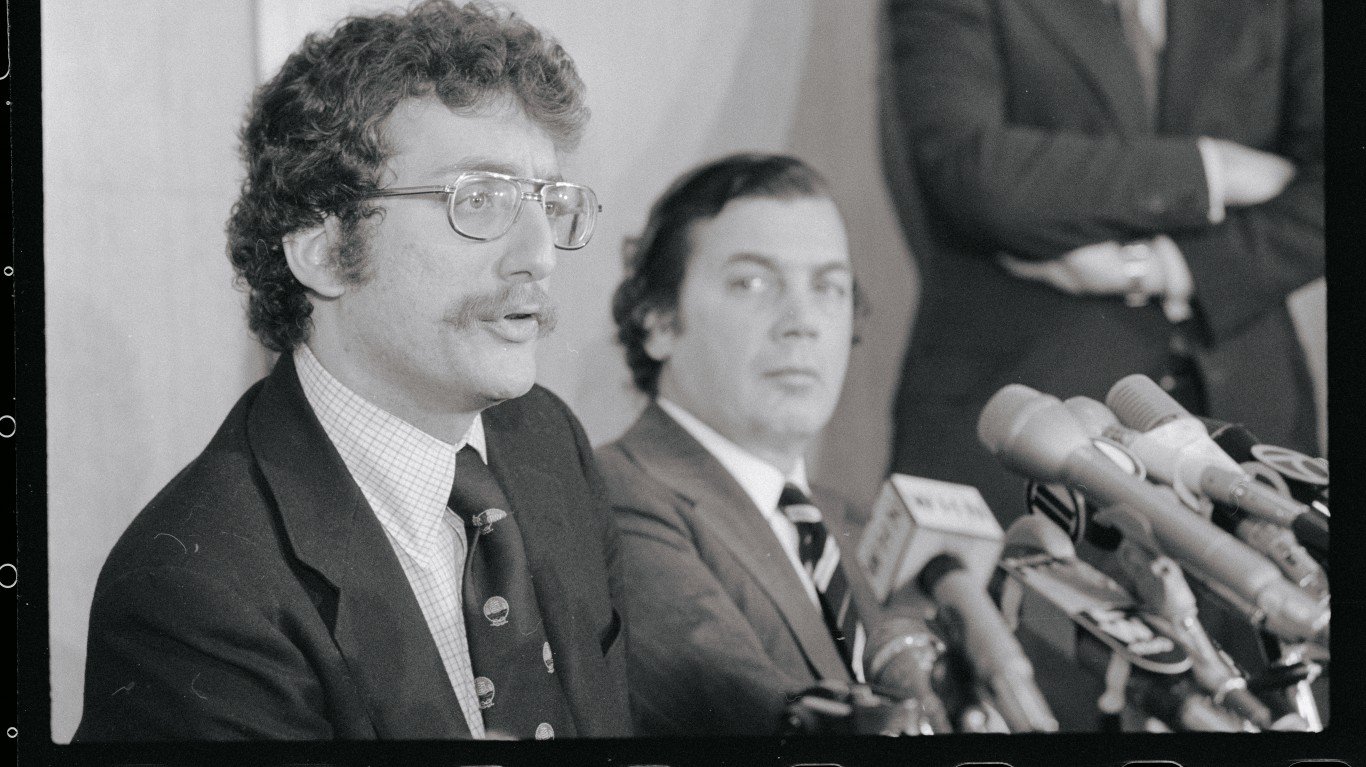
Samuel Bronfman II
> Year of the kidnapping: 1975
Samuel Bronfman II, the son of billionaire Edgar Bronfman, was kidnapped by two men in New York City in 1975. When cops located Bronfman, the two men who had allegedly kidnapped him said that it had all been Bronfman’s scheme to get money out of his wealthy father. Bronfman had purchased the gun used in the crime and had not been tied up well. Further, a family friend came forward to say Bronfman had approached him with a similar fake kidnapping plot. The two men were acquitted on kidnapping charges but were convicted of grand larceny and sentenced to several years in prison. Bronfman was not charged with a crime.

Suzanne Marie Sevakis
> Year of the kidnapping: 1975
Tonya Hughes was killed at the age of 20 when she was struck by a hit-and-run driver in 1990, leaving behind a son, Michael Hughes, and a husband, Clarence Hughes, who claimed to be Michael’s biological father. However, detectives discovered that Clarence was actually Franklin Delano Floyd, a man who was wanted for other crimes. It was later discovered that he’d killed another woman in 1989 and had kidnapped Tonya Hughes, real name Suzanne Marie Sevakis, when she was a little girl. He’d taken her with him when her mother, who he had been married to under a different name, had been briefly arrested. Floyd died in prison in January 2023.
Chowchilla Bus Kidnapping
> Year of the kidnapping: 1976
In 1976, three men in Chowchilla, California, hijacked a bus with 26 students and a bus driver, eventually taking them to a quarry in Livermore, California, where they held them captive in a white moving van buried six feet underground. It was the largest mass-kidnapping in U.S. history. The group managed to escape and make it to authorities while the kidnappers slept. The three men had planned to ask for a ransom of $5 million but were taken into custody before they could make the demand. While they received life sentences with no chance of parole, a later ruling allowed all three to eventually be paroled.
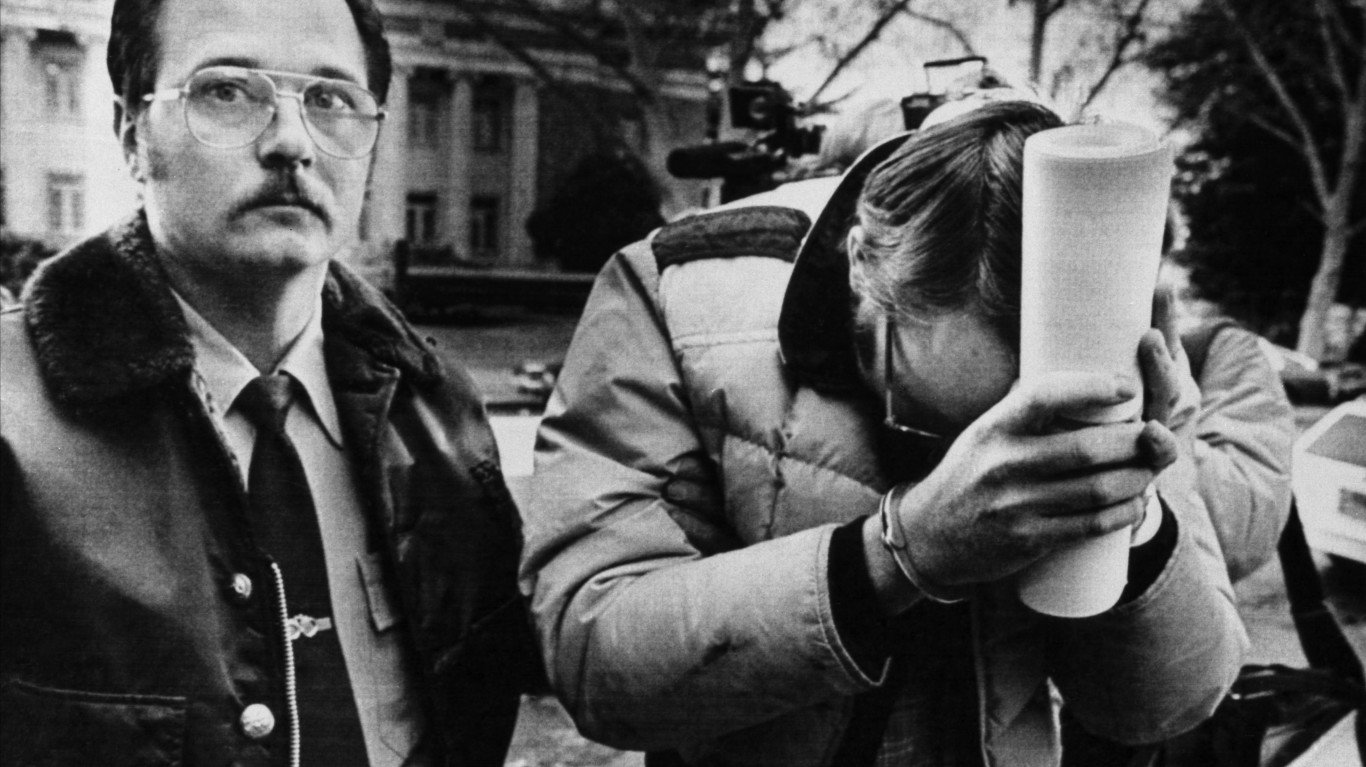
Colleen Stan
> Year of the kidnapping: 1977
In 1977, Colleen Stan was picked up by Cameron and Janice Hooker while hitchhiking in Oregon. They kidnapped her at knifepoint and brought her to their home in Red Bluff, California. Cameron forced her to sign a master-slave contract and imprisoned her for the next seven years, submitting her to sexual, physical, and psychological abuse and locking her in a coffin-like box under the couple’s bed for long durations. They threatened to send a crime syndicate to kill her and her family if she tried to escape. Janice eventually turned on Cameron when he planned to abduct and enslave another woman, and told Stan that the crime syndicate was not real. Stan escaped and alerted the authorities.
Etan Patz
> Year of the kidnapping: 1979
Etan Patz was a six-year-old boy who was abducted from a Manhattan neighborhood when he walked the two blocks to his school bus stop alone for the first time on May 25, 1979. He was one of the first missing children to ever appear on a milk cartons and the anniversary of his disappearance has been designated National Missing Children’s Day. Pedro Hernandez was eventually convicted of the crime in 2017 after confessing to abducting the boy and murdering him in the basement of a convenience store.
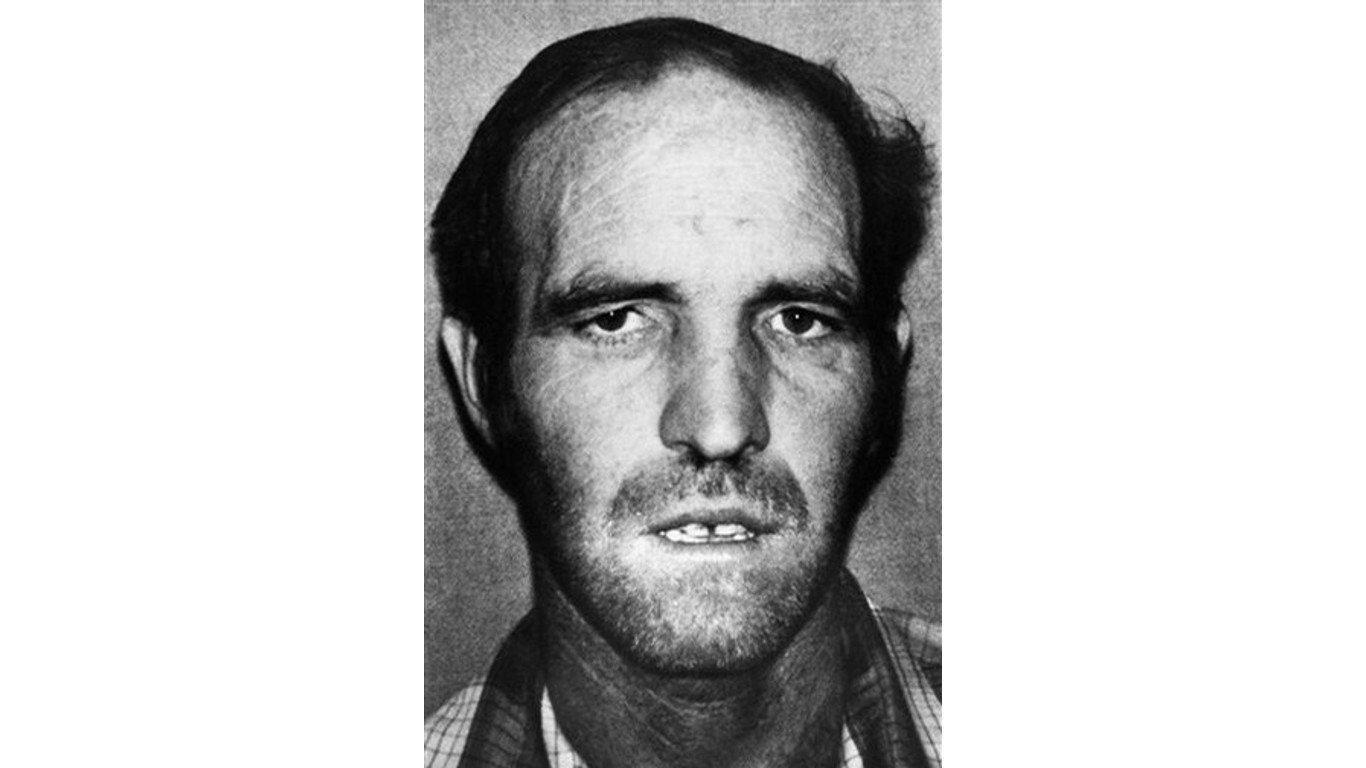
Adam Walsh
> Year of the kidnapping: 1981
In 1981, six-year-old Adam Walsh was abducted from a mall in Hollywood, Florida, after his mother briefly left him playing in the toy department of a Sears department store. Two weeks later, his severed head was found in a canal over 100 miles away. The boy’s father, John Walsh, would go on to become a victims’ rights activist and host the television show “America’s Most Wanted.” The case would also lead to legislation to create a national center, database, and toll-free line for missing children. Serial killer Ottis Toole confessed to the crime but later recanted and was never tried. He died in prison in 1996 while on death row for another murder.

Johnny Gosch
> Year of the kidnapping: 1982
In 1982, 12-year-old Johnny Gosch was on his newspaper route in West Des Moines, Iowa, when he disappeared. His parents were alerted to his absence when customers called them to complain that their newspapers hadn’t been delivered. Other paperboys reportedly saw a man in a blue car talking to Gosch, but the case was never solved, and the boy was never found. The disappearances of Gosch, along with Etan Patz and Adam Walsh a few years prior, led to a shift in parenting across the country. Previously, many parents had let their children roam around unsupervised but became much more hesitant to let them out of their sight.

Jaycee Lee Dugard
> Year of the kidnapping: 1991
Jaycee Dugard was 11 when she was kidnapped in 1991 by Philip and Nancy Garrido, who ended up holding her in captivity for 18 years. She was sexually abused by Philip and gave birth to two children that he fathered. During much of this time, Philip was on probation for a previous kidnapping and rape, for which he served 12 years of a 55-year sentence. Parole officers visited the property 60 times without finding the girls. In 2011, Philip and Dugard’s two daughters were walking on the campus of the University of California, Berkeley, when police officers noticed they were acting strange, leading investigators to eventually find and rescue Dugard. Philip and Nancy received 431 years to life and 36 years to life, respectively.
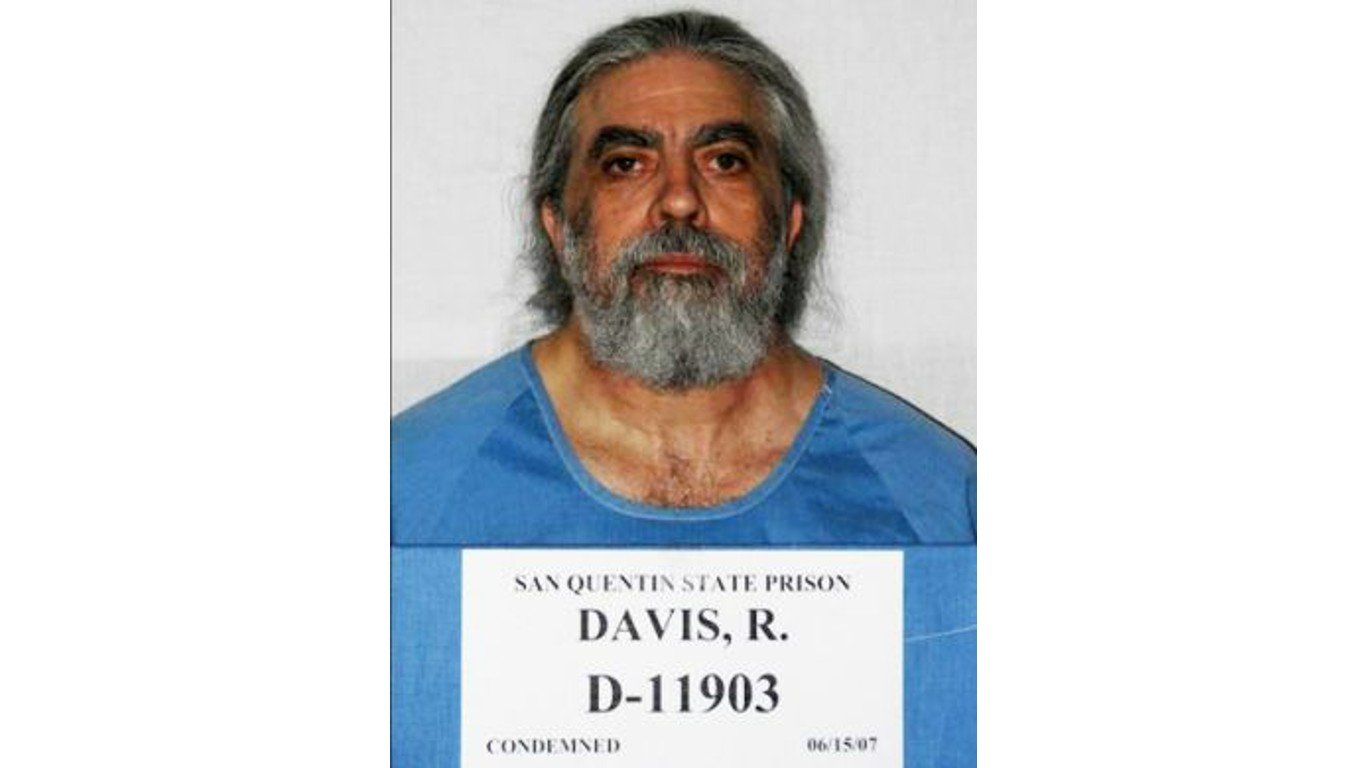
Polly Klaas
> Year of the kidnapping: 1993
In 1993, 12-year-old Polly Klaas was abducted from her Petaluma, California, home during a sleepover with friends. Police eventually found clues that led them to Richard Allen Davis, who confessed to kidnapping and murdering Polly. Davis had been sentenced to 16 years for previous crimes, including kidnapping, but had been released after serving a fraction of that time. During the trial, he became a public figure personifying the most vicious criminals and what happened when they were treated with leniency. The case would lead to Polly’s father advocating for California’s Three Strikes law, but he later withdrew his support when he learned that the law would also apply to nonviolent felonies.
Michael Anthony Hughes
> Year of the kidnapping: 1994
In the Suzanne Marie Sevakis case (see above), Franklin Delano Floyd’s alibi began to unravel after the 1990 death of Sevakis, a.k.a. Tonya Hughes. He claimed that Michael Hughes, Sevakis’s son, was also his biological son but testing proved this was not true. Delano was sent back to prison for a previous conviction and released in 1993. Shortly after his release, he kidnapped Michael Hughes from his elementary school. For over 20 years it was unknown what happened to Hughes, but Floyd eventually confessed from prison in 2014 to shooting and killing the six-year-old boy on the same day he kidnapped him.
Megan Kanka
> Year of the kidnapping: 1994
In 1994, seven-year-old Megan Kanka disappeared from her New Jersey neighborhood. Neighbors helped in the search, including Jesse Timmendequas, who lived across the street. Investigators learned Timmendequas had a record of p*dophilia and he later confessed to abducting, sexually assaulting, and murdering the young girl. Megan’s family were outraged to learn that they hadn’t been informed of Timmendequas’s record when he moved to the neighborhood. The case prompted the creation of “Megan’s Law” in New Jersey, which created a public registry of sex offenders and mandated community notification when they moved to an area. A version of the law was eventually passed federally.

Amber Hagerman
> Year of the kidnapping: 1996
Amber Hagerman was a nine-year-old girl riding her bike in Arlington, Texas, when a man in a black pick-up truck pulled up next to her, snatched her off her bike, and drove away. Her body was found four days later, and the case has never been solved. The abduction and murder spurred the creation of the AMBER Alert system, an early warning system to help find abducted children, that is still in use across the country.

Kamiyah Mobley
> Year of the kidnapping: 1998
In 1998, newborn Kamiyah Mobley was kidnapped from a hospital in Jacksonville, Florida, by Gloria Williams, a woman pretending to be a nurse. Williams would then give Mobley a new name and raise her as her own until police broke the case 18 years later and reunited her with her birth parents. Williams was sentenced to 18 years in prison.
Elizabeth Smart
> Year of the kidnapping: 2002
Fourteen-year-old Elizabeth Smart was kidnapped from her Salt Lake City home by David Mitchell and Wanda Barzee. She was held prisoner and sexually, physically, and psychologically abused by the couple for nine months before she was found walking down a street with the couple in Sandy, Utah. Barzee was sentenced to 15 years in prison and Mitchell was sentenced to life in prison.

Shawn Hornbeck
> Year of the kidnapping: 2002
11-year-old Shawn Hornbeck was abducted while biking in Richwoods, Missouri, in 2002. Five years later, 13-year-old Ben Ownby was abducted by a man in a white pickup truck in Beaufort, Missouri. Police traced the vehicle to Michael Devlin and both boys were found living at Devlin’s apartment. Devlin was charged with a range of crimes including kidnapping, molestation, and production of child pornography. He pleaded guilty to all charges and was sentenced to life in prison.
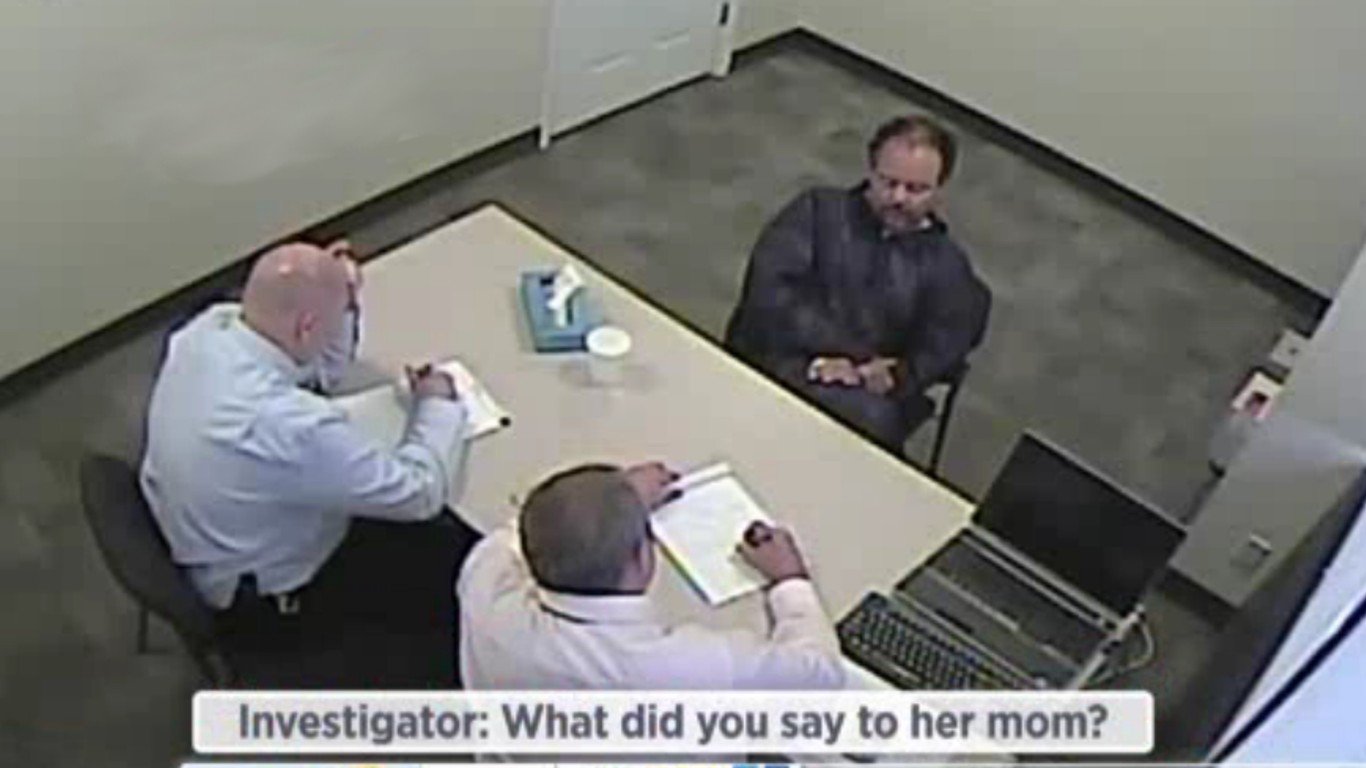
Michelle Knight, Amanda Berry, and Gina DeJesus
> Year of the kidnapping: 0
In 2002, in Cleveland, Ohio, Ariel Castro offered to give 21-year-old Michelle Knight a ride but instead took her to his house where he raped and imprisoned her. Knight and Castro had loosely known each other through Castro’s children, who did not live with him. In 2003, he offered a ride to 17-year-old Amanda Berry, also a friend of one of his children, and imprisoned her as well. Then, in 2004, he kidnapped 14-year-old Gina DeJesus, one of his daughter’s best friends. He raped and tortured all three of his victims for over a decade and fathered a child with Berry. The women escaped in 2013 after Berry contacted a neighbor. Castro received a life sentence plus 1,000 years and was found dead in his cell from apparent suicide less than two months later.
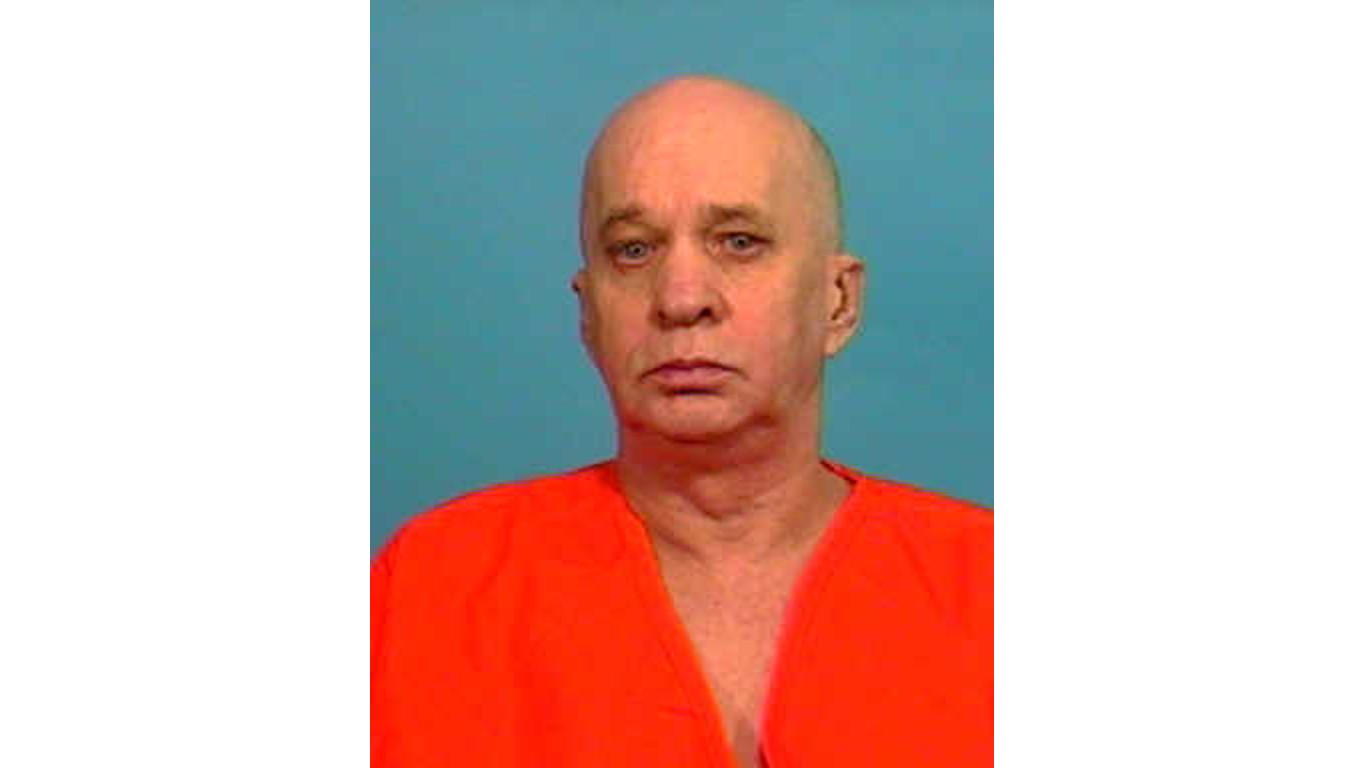
Jessica Lunsford
> Year of the kidnapping: 2005
In 2005, John Couey raped and murdered 9-year-old Jessica Lunsford, burying her alive in trash bags, after kidnapping her from her Florida home. He had been living in a trailer about 150 yards from her house. Couey had a record as a sex offender, and the case prompted Florida and other states to pass laws for tougher tracking and monitoring of sex offenders. John Couey was sentenced to death and died in prison of natural causes in 2009.

Shasta Groene
> Year of the kidnapping: 2005
In 2005, Joseph Edward Duncan III murdered Shasta Groene’s mother, teenage brother, and her mother’s boyfriend in their family home in Idaho. He then kidnapped and tortured eight-year-old Shasta and her nine-year-old brother Dylan, and later killed Dylan. Shasta was spotted in an Idaho restaurant several weeks later, leading to her rescue and Duncan’s arrest. Duncan later admitted to killing other children and died in prison in 2021.
Jayme Closs
> Year of the kidnapping: 2018
Jake Patterson decided to kidnap 13-year-old Jayme Closs after witnessing her board a school bus one morning. After days of planning, he invaded the girl’s house and killed her parents with a shotgun before fleeing with the girl in the trunk of his car. She remained captive for nearly three months in Patterson’s cabin until she escaped on foot while he was away. The case was massive news, and a woman out walking recognized her, took her in and called the police. Patterson got two life sentences for killing Closs’s parents and 40 years for kidnapping her.
